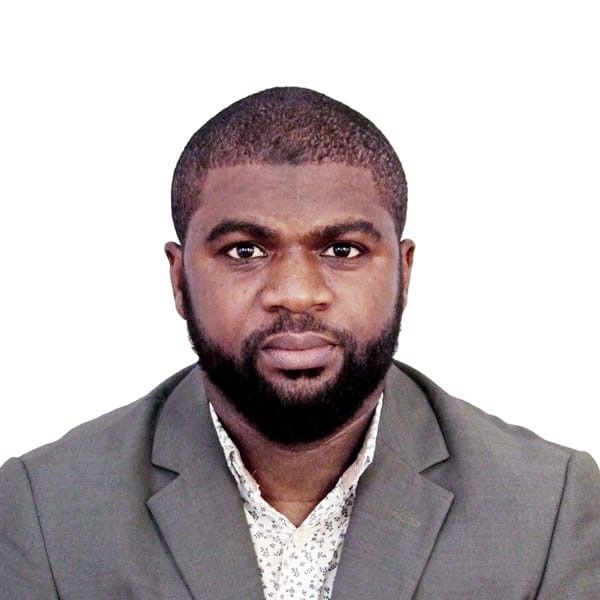Revealing Hidden Information; High Resolution Logging-While-Drilling Slowness Measurements and Imaging Using Advanced Dual Ultrasonic Technology
OR
About the Course
SPWLA members, view the course for free!
A new logging while drilling (LWD) acoustic tool has been developed with novel ultrasonic pitch-catch and pulse-echo technologies. The tool enables both highresolution slowness and reflectivity images, which cannot be addressed with conventional acoustic logging. Measuring formation elastic-wave properties in complex, finely layered, formations is routinely attempted with sonic tools that measure slowness over a receiver array with a length of 2 ft or more depending upon the tool design. These apertures lead to processing results with similar vertical resolutions, obscuring the true slowness of any layering occurring at a finer scale. If any of these layers present significantly different elastic-wave properties than the surrounding rock, then they can play a major role in both wellbore stability and hydraulic fracturing but can be absent from geomechanical models built on routine sonic measurements.
Conventional sonic tools operate from approximately 0.1 kHz to 20 kHz and can deliver slowness information with approximately 1 ft or more depth of investigation. This is sufficient to investigate the far field slowness values but makes it very challenging to evaluate the nearwellbore region where tectonic stress redistribution causes pronounced azimuthal slowness variation. This stress-induced slowness variation is important because it is also a key driver of wellbore geomechanics. Moreover, in the presence of highly laminated formations there can be a significant azimuthal variation of slowness due to layering that is often beyond the resolution of conventional sonic tools due to their operating frequency. Finally, in horizontal wells, multiple layer slownesses are being measured simultaneously because of the depth of investigation of conventional sonic tools. This can cause significant interpretational challenges.
To address these challenges, an entirely new design approach was needed. The novel pitch-catch technology operates over a wide frequency range centered at 250 kHz and contains an array of receivers having a 2 in. receiver aperture. The use of dual ultrasonic technology allows the measurement of high-resolution slowness data azimuthally as well as reflectivity and caliper images. The new LWD tool was run in both vertical and horizontal wells and directly compared with both wireline sonic and imaging tools. The inch-scale slownesses obtained show characteristic features that clearly correlate to the formation lithology and structure indicated by the images. These features are completely absent from the conventional sonic data due to its comparatively lower vertical resolution.
Your Instructor

Abubakar Isah obtained his MSc and PhD in Petroleum Engineer from KFUPM in May 2020 and June 2024, respectively. He has passion for fluids-rock interactions for CCUS, H2 storage and EOR applications. He Possesses knowledge across various aspects of petroleum and gas engineering, with background in subsurface CO2-brine-rock interactions in the presence and absence of chemical additives, as well as an extensive experience in experimental petrophysics, HPHT core flooding, and rock-fluid interactions in porous media using both commercial and in-house designed static and batch reactors. He has experience in rock-fluids interactions quantification techniques such as NMR, SEM-EDX and FTIR, micro-CT, and through geochemical analysis of reaction effluents.
